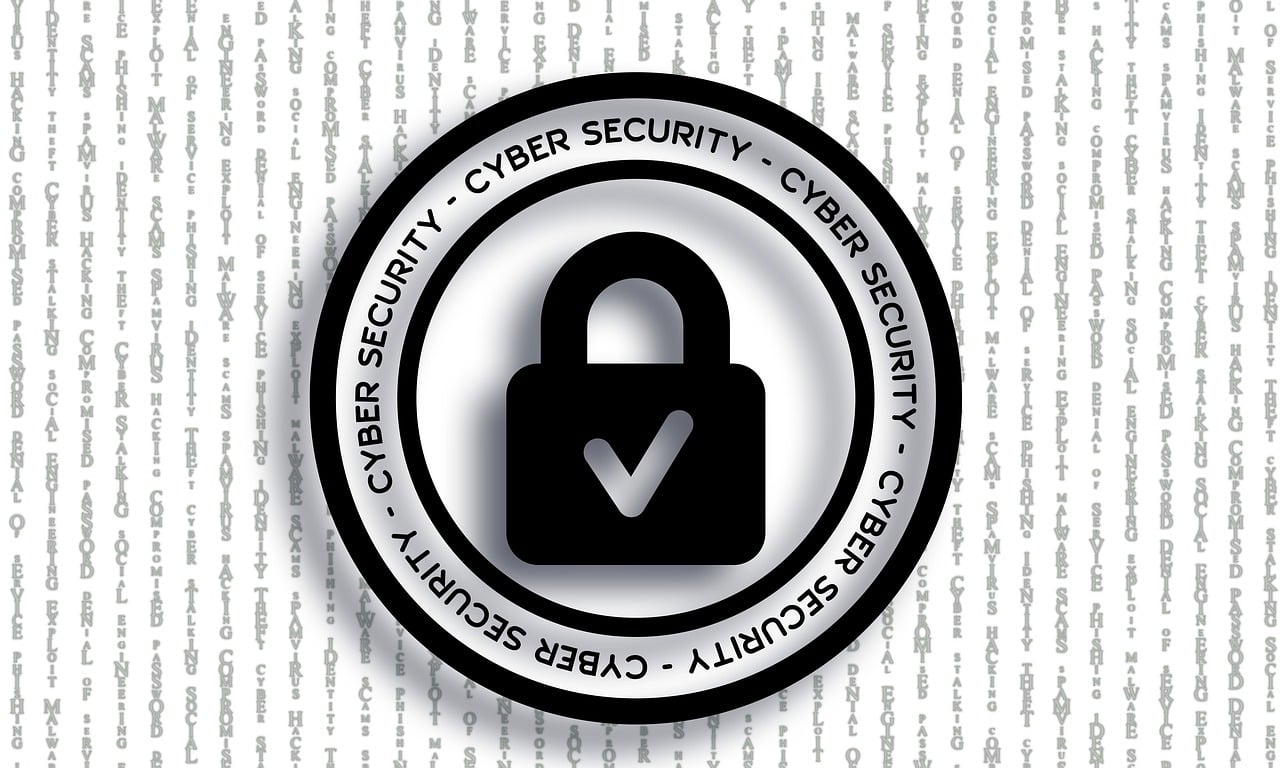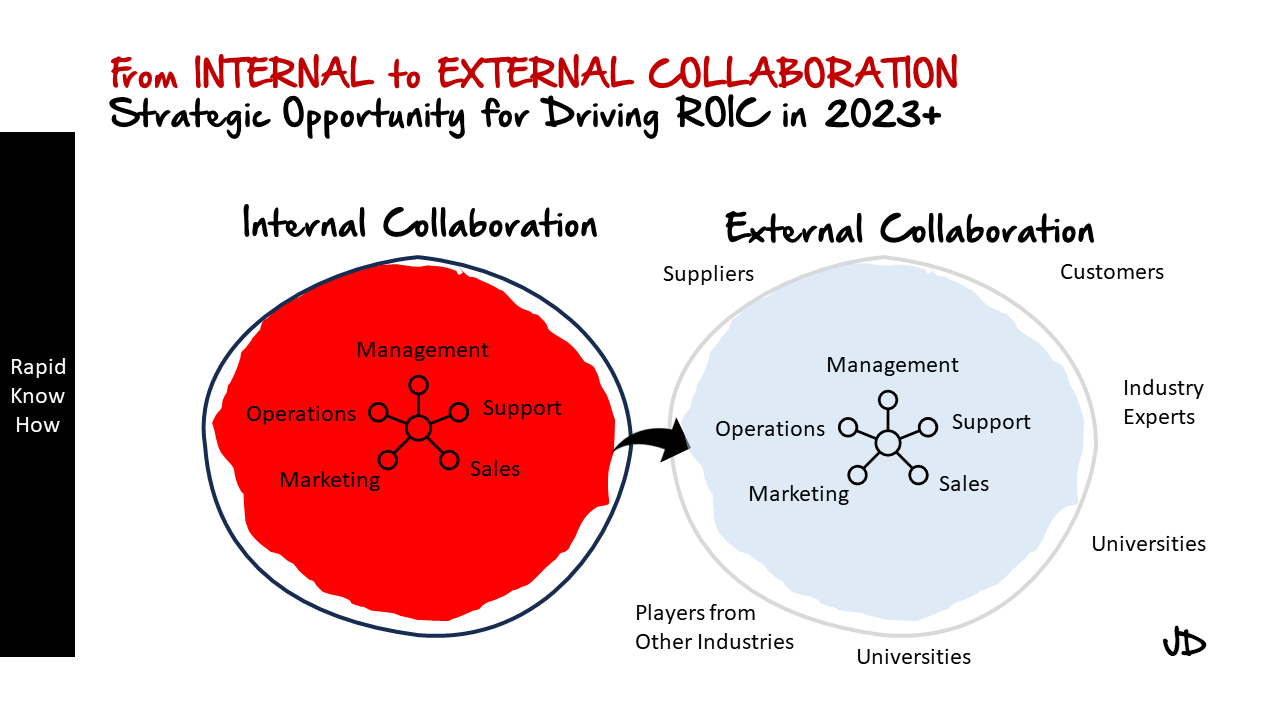The 1-Hour Cyber Leader: Turning the AI-Powered Cybersecurity System into Quick Wins
Introduction: The Rising Threat of Cybercrime
Cyber threats are no longer just a concern for large corporations—they are now a reality for businesses and individuals alike. In 2023 alone, cybercriminals stole over $8 trillion globally, targeting both multinational companies and everyday consumers. Whether it’s a small business falling victim to ransomware or an individual losing personal data to phishing scams, no one is immune. Every second, cybercriminals exploit vulnerabilities to steal sensitive data, commit fraud, and compromise security systems.
🔴 Did you know? Global cybercrime damages are expected to reach $10.5 trillion annually by 2025. Hackers are evolving, and traditional security measures are no longer enough.
The good news? AI-powered cybersecurity and fraud prevention can revolutionize the way we protect our data. Whether you’re a business owner or an individual, leveraging AI can mean the difference between security and disaster.
💡 This guide will not only inform you about AI-powered security but also provide actionable steps to safeguard your digital assets—starting today!
🔹 What You’ll Learn in This Guide:
- How AI is transforming cybersecurity and fraud prevention.
- Real-life business success stories showcasing AI-powered security.
- Step-by-step cybersecurity implementation for businesses.
- Personal security strategies using AI tools.
- Future trends in AI-driven cybersecurity to stay ahead of threats.
How AI is Transforming Cybersecurity
Building a Business Case for AI-Powered Cybersecurity
To gain approval from top management, businesses must demonstrate the return on investment (ROI) of AI cybersecurity. Here’s how:
1. Identify Business Risks and Cost of Inaction
- Highlight the rising costs of cyberattacks and compliance violations.
- Present case studies showing financial losses from data breaches in your industry.
- Showcase potential reputational damage and regulatory penalties for security failures.
2. Showcase AI Cybersecurity Benefits
- AI-driven security solutions can reduce fraud by up to 50% (as seen with JPMorgan Chase).
- Automating threat detection decreases operational costs while improving efficiency.
- AI-powered tools ensure continuous compliance with evolving cybersecurity laws.
3. Calculate ROI & Financial Impact
Business Case Calculation: ROI of AI-Powered Cybersecurity
To justify investment in AI-driven cybersecurity, we must compare the cost of implementation versus the potential financial impact of cyber threats.
1. Estimated Cost of Cybersecurity Breach Without AI
- Average cost of a data breach (per incident): $4.45 million (IBM Security Report 2023)
- Losses due to fraud & phishing attacks (per year for mid-sized firms): $500,000 – $2M
- Downtime costs from a cyberattack: $300,000 per hour (Gartner)
- Regulatory fines & legal fees: $500,000+ for non-compliance (GDPR, PCI DSS)
🔴 Total Potential Loss Without AI: $5M – $10M annually (Depending on business size & industry)
2. Cost of Implementing AI-Powered Cybersecurity
| Expense Category | Estimated Cost (Annual) |
|---|---|
| AI Cybersecurity Software (e.g., CrowdStrike, Darktrace) | $100,000 – $500,000 |
| AI Fraud Prevention System | $50,000 – $200,000 |
| Employee Security Training (AI-based phishing simulation) | $20,000 – $100,000 |
| Compliance & Risk Management Automation | $50,000 – $150,000 |
| Total AI Implementation Cost | $250,000 – $950,000 |
✅ Total Security Investment: ~$1M annually (for mid-sized enterprise)
3. ROI Calculation: AI Cybersecurity vs. Breach Costs
📌 Annual Cost Savings with AI:
- Fraud & Phishing Reduction: 50% decrease → $500,000 saved
- Lower Downtime Costs: 80% reduction → $1.2M saved
- Regulatory Compliance Avoidance: $500,000 saved
- Reduction in IT Security Response Time & Staff Load: $300,000 saved
🔵 Total Estimated Savings: ~$2.5M – $5M per year
💡 ROI of AI-Powered Cybersecurity = 3x – 5x Return on Investment within 1 year.
Business Case Summary for Approval
✅ Investment: $1M per year
✅ Annual Risk Reduction & Savings: $2.5M – $5M
✅ ROI: 250% – 500%
✅ Break-even Point: 6-9 months
🎯 Action Step: Use this financial impact assessment in your proposal to secure top management buy-in.
- Compare the cost of AI security implementation vs. potential financial loss from breaches.
- Demonstrate reduced IT workload and cost savings from automation.
- Use metrics such as incident response time improvement and reduced downtime.
4. Propose a Pilot Program
- Suggest implementing AI security solutions on a small scale before full deployment.
- Measure key performance indicators (KPIs) such as fraud reduction, compliance improvement, and cost savings.
- Present a roadmap for scaling AI-powered security across the organization.
🎯 Action Step: Prepare a detailed proposal with industry benchmarks and case studies to secure executive buy-in.
Real-Life Business Success Stories with AI Cybersecurity
🔹 JPMorgan Chase: By implementing AI-driven fraud detection systems, JPMorgan Chase reduced financial fraud cases by 50%, preventing millions in losses.
🔹 Tesla: The company leverages AI-based security monitoring to detect potential cyber threats to its autonomous vehicle software, ensuring a high level of cybersecurity resilience.
🔹 Small Business Example: A mid-sized e-commerce company integrated AI-based threat detection and stopped a major phishing attack that could have compromised thousands of customer records.
1. AI’s Role in Cybersecurity: A Game Changer
AI is changing the cybersecurity landscape by:
✅ Detecting threats faster than human analysts.
✅ Identifying patterns of fraudulent activity in real-time.
✅ Automating security protocols, reducing human error.
✅ Stopping phishing attacks before they reach the inbox.
✅ Predicting cyber threats before they occur.
💡 Example: AI-powered security tools like Darktrace and IBM Watson for Cybersecurity continuously monitor systems, learning from past attacks to prevent future threats.
2. AI in Fraud Prevention: Stopping Scams Before They Happen
🔍 AI analyzes behavioral patterns and financial transactions in real-time, flagging suspicious activities before they escalate into full-scale fraud.
For example, banks and financial institutions use AI to:
- Detect unusual transactions (e.g., sudden large withdrawals).
- Identify fake accounts and identity theft attempts.
- Block phishing and email fraud attempts in real-time.
💡 Actionable Tip: If you run a business, implement AI-based fraud detection software like Fraud.net or Feedzai to protect customer data and finances.
Implementing Cybersecurity: Easy-to-Apply Cyber Applications
Cybercrime Security Applications: Ease of Implementation & ROI
| Cybersecurity Application | Use Case | Ease of Implementation | Expected ROI Timeline |
|---|---|---|---|
| AI-Powered Threat Detection | Identifies and mitigates threats in real-time | Easy | Fast (3-6 months) |
| AI-Based Fraud Prevention | Reduces financial fraud and phishing attempts | Moderate | Medium (6-12 months) |
| AI Identity Protection | Monitors personal data leaks and alerts users | Easy | Fast (3-6 months) |
| AI-Driven Compliance Management | Automates regulatory compliance for businesses | Moderate | Medium (6-12 months) |
| AI-Powered Email Security | Blocks phishing emails before they reach users | Easy | Fast (3-6 months) |
| AI-Powered Firewalls & Antivirus | Enhances real-time malware protection | Easy | Fast (3-6 months) |
| AI-Based Risk Assessment | Evaluates vulnerabilities and provides mitigation strategies | Moderate | Medium (6-12 months) |
🎯 Action Step: Select cybersecurity applications based on ease of implementation and expected ROI. Prioritize quick wins for immediate security improvements.
Step 1: Deploy AI-Powered Threat Detection Tools
✅ Invest in AI-driven security platforms like CrowdStrike Falcon or Microsoft Defender for Endpoint to detect and block cyber threats before they infiltrate your system.
🎯 Action Step: Set up an AI-driven Security Operations Center (SOC) to monitor threats 24/7.
Step 2: Train Employees on AI-Based Security Protocols
⚠️ Fact: 95% of cyberattacks happen due to human error (e.g., clicking malicious links).
✅ Use AI-powered phishing simulation tools like Cofense or KnowBe4 to train employees in recognizing fake emails and scams.
🎯 Action Step: Conduct monthly AI-powered phishing simulations to test and improve employee awareness.
Step 3: Implement AI-Based Fraud Detection
✅ If you process online payments, integrate AI fraud prevention tools like Stripe Radar or Signifyd to block fraudulent transactions instantly.
🎯 Action Step: Monitor transactions in real-time and set up AI-based alerts for unusual activity.
Step 4: Automate Compliance & Risk Management
✅ Use AI-driven compliance platforms like OneTrust or LogicGate to ensure your company meets GDPR, ISO 27001, and PCI DSS standards automatically.
🎯 Action Step: Schedule quarterly AI-driven risk assessments to ensure compliance and security.
AI Cybersecurity for Individuals: Protect Yourself Today
Step 1: Use AI-Powered Identity Theft Protection
✅ Sign up for AI-based identity protection services like Aura, Norton Lifelock, or IdentityForce to detect personal data leaks before they are used by hackers.
🎯 Action Step: Set up real-time alerts for suspicious login attempts and identity misuse.
Step 2: Secure Your Devices with AI Antivirus & Firewalls
✅ Install AI-powered antivirus software like Bitdefender, McAfee, or Cylance that continuously learns from new threats.
🎯 Action Step: Enable automatic AI-based malware scanning to detect threats before they attack.
Step 3: Prevent AI-Enhanced Phishing & Scams
✅ Use AI-powered email security tools like Avanan or Google’s AI spam filter to prevent phishing emails before they reach your inbox.
🎯 Action Step: Never click on unsolicited email links and use AI tools to auto-detect fraudulent emails.
Step 4: Protect Your Financial Transactions
✅ AI-based fraud detection tools like PayPal Fraud Protection or Capital One’s Eno AI can flag suspicious activity before you lose money.
🎯 Action Step: Set up two-factor authentication (2FA) and AI-based transaction monitoring on all banking and payment platforms.
The Future of AI Cybersecurity: What’s Next?
🚀 AI cybersecurity is evolving rapidly, and the next big trends include:
1️⃣ AI-Powered Zero-Trust Security Models – Every access request will be verified using AI before approval.
2️⃣ AI Cybersecurity for IoT Devices – Smart homes and connected devices will be protected by AI-driven security systems.
3️⃣ Self-Healing AI Systems – AI will automatically detect, fix, and recover from cyber threats without human intervention.
4️⃣ Deepfake & AI-Based Social Engineering Detection – AI will combat fake identities and voice cloning used for fraud.
💡 Stay Ahead: Businesses and individuals must continuously upgrade their AI security systems to stay protected against emerging cyber threats.
Final Call to Action: Take Control of Your Cybersecurity Today!
Cybercrime isn’t slowing down, and neither should you. Whether you’re an individual or a business, taking action today can save you from massive financial losses and data breaches.
🎯 Next Steps:
✅ For Businesses: Implement AI security tools, automate fraud prevention, and train employees.
✅ For Individuals: Use AI-powered identity protection, secure your accounts, and stay alert to scams.
🛡️ Are you ready to fortify your cybersecurity with AI? Don’t wait for a breach—take action today!
🔗 Need help implementing AI-powered security? Contact us for a free consultation on how AI can revolutionize your cybersecurity and fraud prevention strategy!
NEED HELPRapidKnowHow : AI-Powered Cybersecurity Strategies for Executive Leaders





